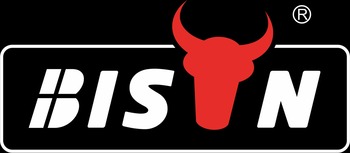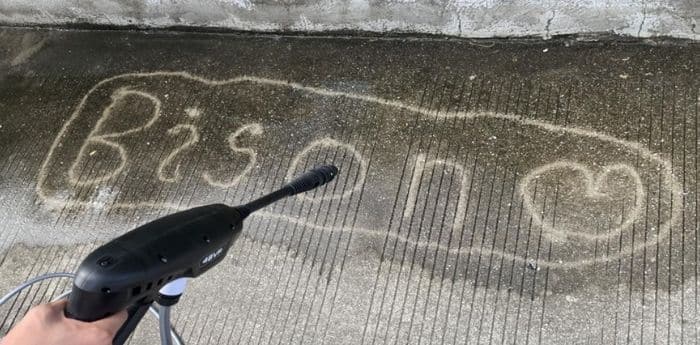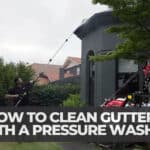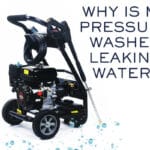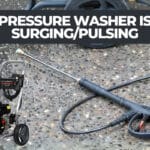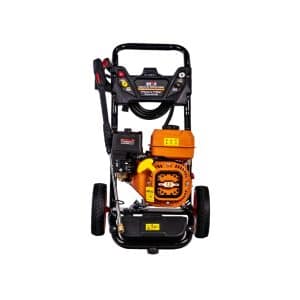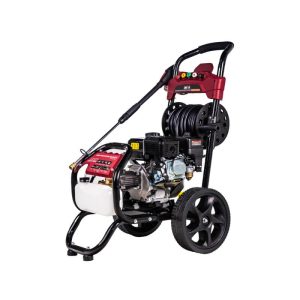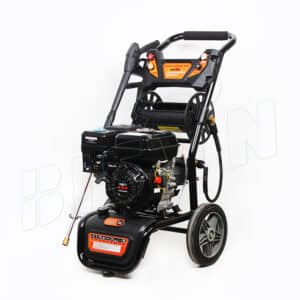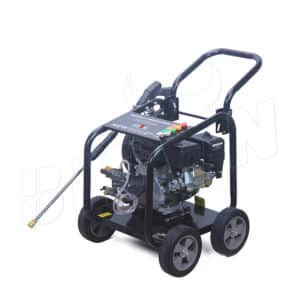
BISON Santy
Hello, I am Santy, the funder of bisonclean.com. I have been in cleaning machinery field for more than 5 years now, and the purpose of this article is to share with you the knowledge related to pressure washer from a Chinese supplier's perspective.
Table of Contents
Fouling such as accumulated debris, algae and barnacles will cause damage to boats and trailers, affecting functionality and safety. Using traditional cleaning methods or equipment, it is impossible to achieve the expected cleaning effect, and it is time-consuming and laborious. At this time, The pressure washer is the perfect cleaning tool for boats and trailers!
There are several benefits to using a pressure washer for cleaning: it cleans thoroughly, can reach crevices, and uses less water than traditional methods. This article is designed to provide a step-by-step process for properly pressure washing boats and trailers. From preparation and safety measures to effective cleaning techniques, you will be able to maximize the lifespan and better performance of your pressure washer.
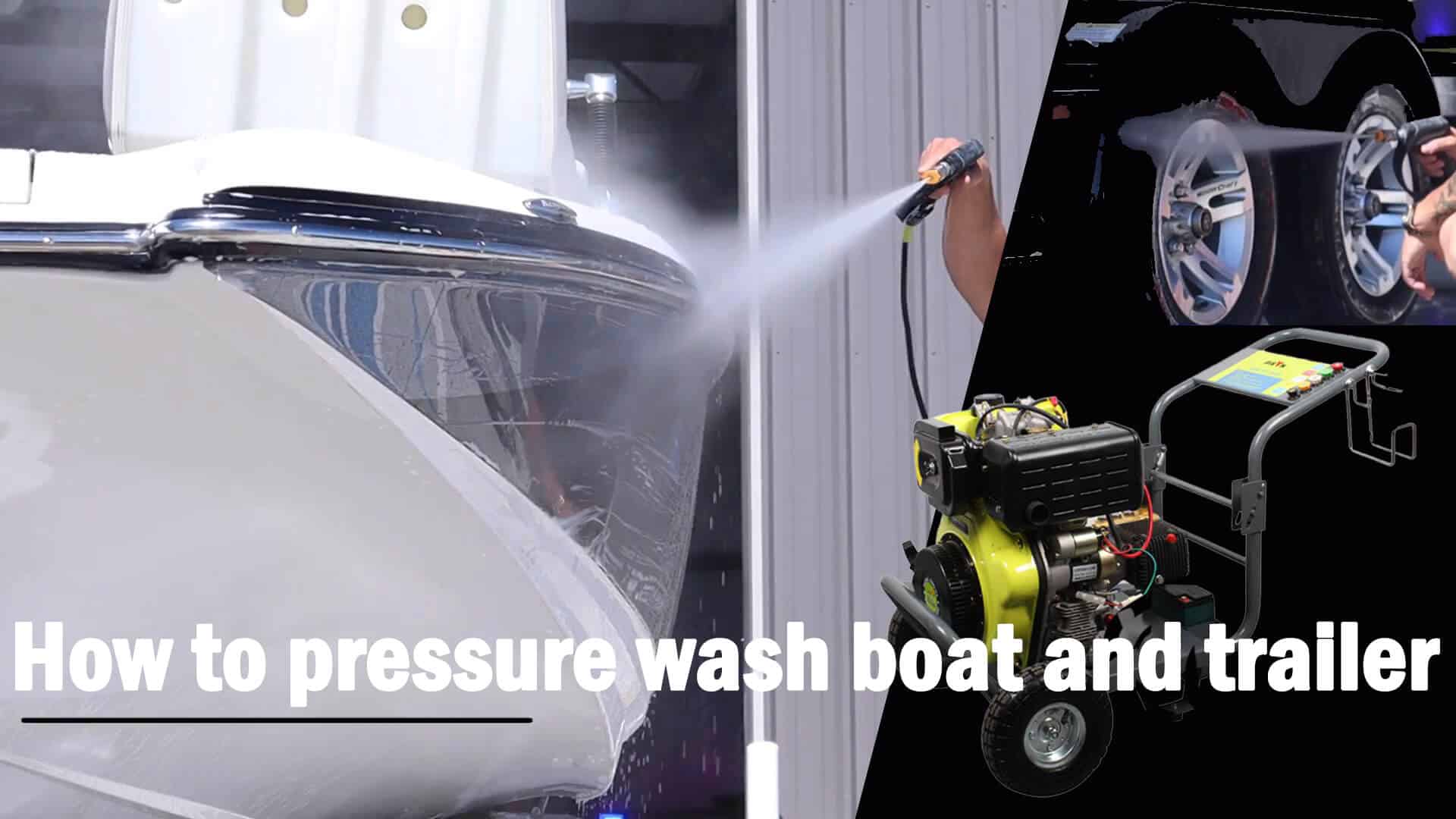
Safety measures and preparation
1.Preparing equipment and materials
Pressure washers: Learn the machine’s operating instructions and specifications, including its PSI (pounds per square inch) and GPM (gallons per minute). Securely attach the extension pole to the pressure washer gun and connect the hose to the entry point of the machine, and make sure all connections are tight and secure.
Owner’s manuals: Read the equipment information for boats and carts and familiarize yourself with the areas that can be cleaned.
Cleaning solutions: Choose appropriate cleaning solutions designed for marine environments. These solutions should effectively break down algae, grease, and other contaminants without damaging surfaces.
Safety equipment: Always wear protective gear, including gloves, goggles, and sturdy shoes. This protects you from chemicals and high-pressure water.
2.Pre-cleaning inspection
Perform a thorough inspection of the boat and trailer before cleaning. Start by looking at accessories for damage by cracks, looseness, rust, corrosion, or areas where water could enter. If significant damage is found, consider removing parts for more detailed inspection and maintenance. Finally, go over every attachment and make sure all equipment, like lights and winches, is secure and functioning properly to avoid causing additional damage during the cleaning process.
Also, take out any loose items from the boat, such as personal belongings, gear, and equipment. Protect sensitive parts, such as electronics, seats, and any delicate accessories, with tarps or plastic. Also, close any doors, windows, or portholes. You don’t want water ruining the interior of your boat. This ensures safety and makes it easier to access surfaces that need cleaning.
3.Environmental considerations
Cleaning boats and trailers have an impact on the environment. BISON recommends that you follow the following specifications when cleaning:
Location: Designated cleaning area or space with effective drainage. It is best to keep the boat out of the water to ensure maximum cleaning of each area and prevent contaminants from entering the water.
Drainage requirements: Set up an appropriate drainage system to collect runoff and prevent pollution, or ensure that runoff does not pollute local waterways.
Environmental regulations: Understand local regulations regarding chemical use and wastewater disposal. Some areas must use designated approved cleaning agents.
Steps for cleaning the boat
1.High-pressure water cleaning techniques
Hull surfaces are generally divided into three types, and you can make simple pressure adjustments based on the following parameters.
Wooden hull: Below 1200 PSI and a wider spray angle to avoid damaging the wood, and never spray directly on seams or fittings.
Aluminum hull: Use 1200 PSI with a medium nozzle to avoid dents or scratches and effectively remove algae and aquatic buildup.
Fiberglass hull: A combination of approximately 1500 PSI with a 25-40 pressure washer nozzle is safe for fiberglass hulls. This helps avoid damaging the gel coat and effectively removes dirt.
2.Cleaning process
Start with a small area first to test the effects of the solution and pressure on the surface. Once you’re sure no adverse reactions are occurring, begin cleaning.
Rinse loose dirt from the top to the bottom, always starting at the highest point of the hull and moving downward. This systematic approach prevents dirty water from flowing onto the surfaces you have already cleaned. Carefully rinse every small crack to thoroughly remove barnacles and algae before applying soap.
Use a detergent designed for boats, put it in foam cannon and pressure washer, and spray it. Start from the bottom up and work in small sections to ensure that all parts are coated. Overlap each spray by about 25-50% to prevent streaks, reduce movement, and complete the work quickly.
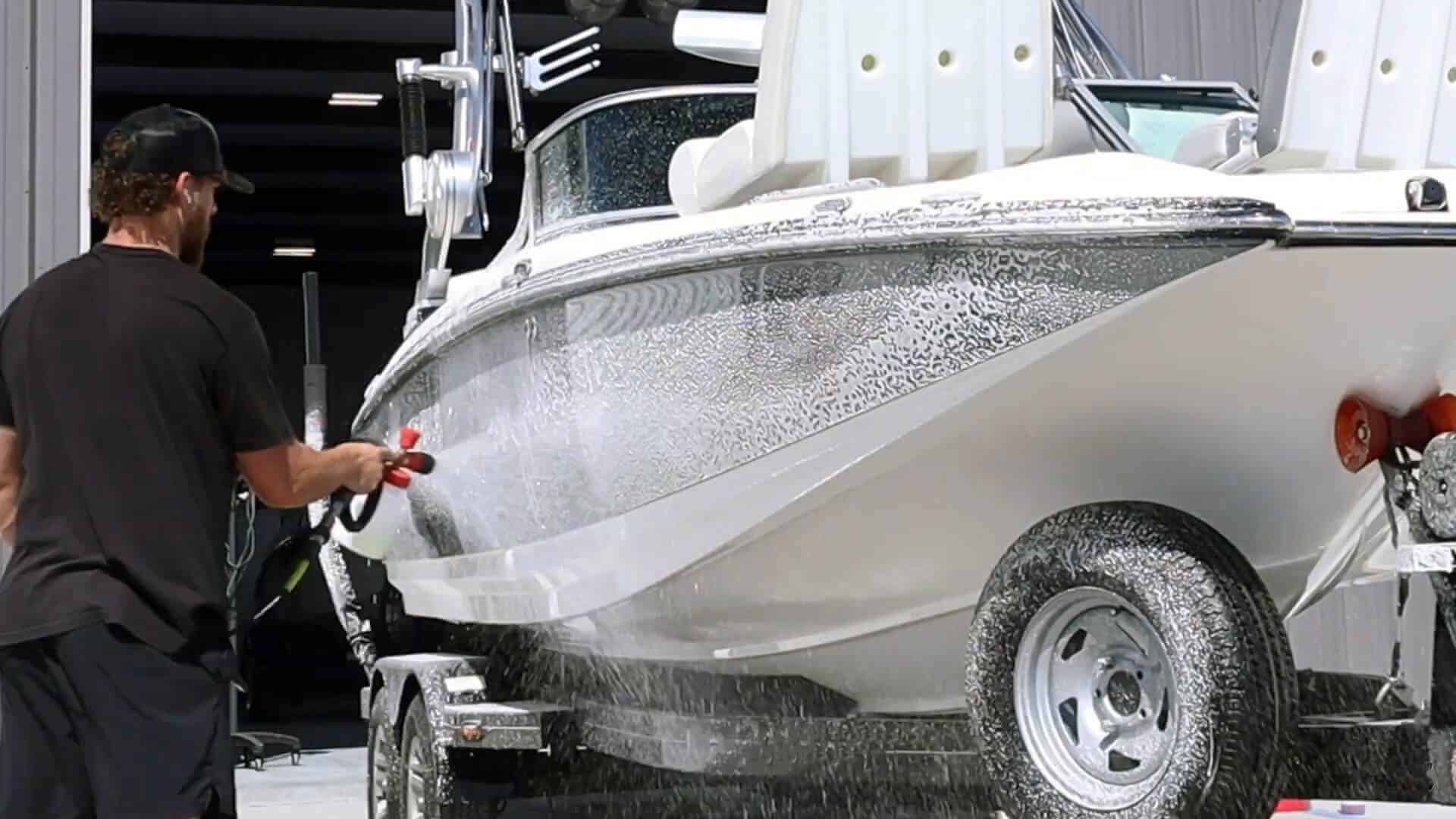
3.Rinse operation
Maintain a safe distance between the nozzle and the surface (about 18-24 inches) and use smooth, sweeping motions. Avoid strong or concentrated spraying to reduce surface damage. You can also use the pressure washer brush attachment here to scrub stubborn stains.
Special attention areas
Deck surface: Remove debris before high-pressure cleaning. For non-slip surfaces, avoid using too high pressure, as it will damage the texture and varnish coating.
Hardware and accessories: Use a lower pressure setting and a soft brush to clean metal parts such as cleats, railings, and winches to remove corrosion without causing damage.
Engines and propellers: These areas require careful cleaning. Use a low pressure of about 1000 PSI and avoid spraying electrical components directly. If necessary, use an appropriate cleaner designed for engines. Boat floor scrubbers may cause engine damage.
Trailer cleaning process and techniques
For most areas, simply set your pressure washer to medium pressure and use a specially formulated trailer cleaner or a mild detergent mixed with water. If you encounter rust, you can use a wire brush to remove it. Finish with a thorough rinse with clean water.
But be careful with the following areas during the cleaning process:
Frame and undercarriage: Loose dirt and debris need to be rinsed off first. Then apply the cleaning solution and let it sit for a few minutes to break down the dirt. Use a stiff brush to scrub stubborn areas, especially around welds and joints.
Tires: Optionally use a pressure washer brush and soapy water for cleaning, and rinse thoroughly. While cleaning, always pay attention to the tires for cracks, bulges, or uneven wear.
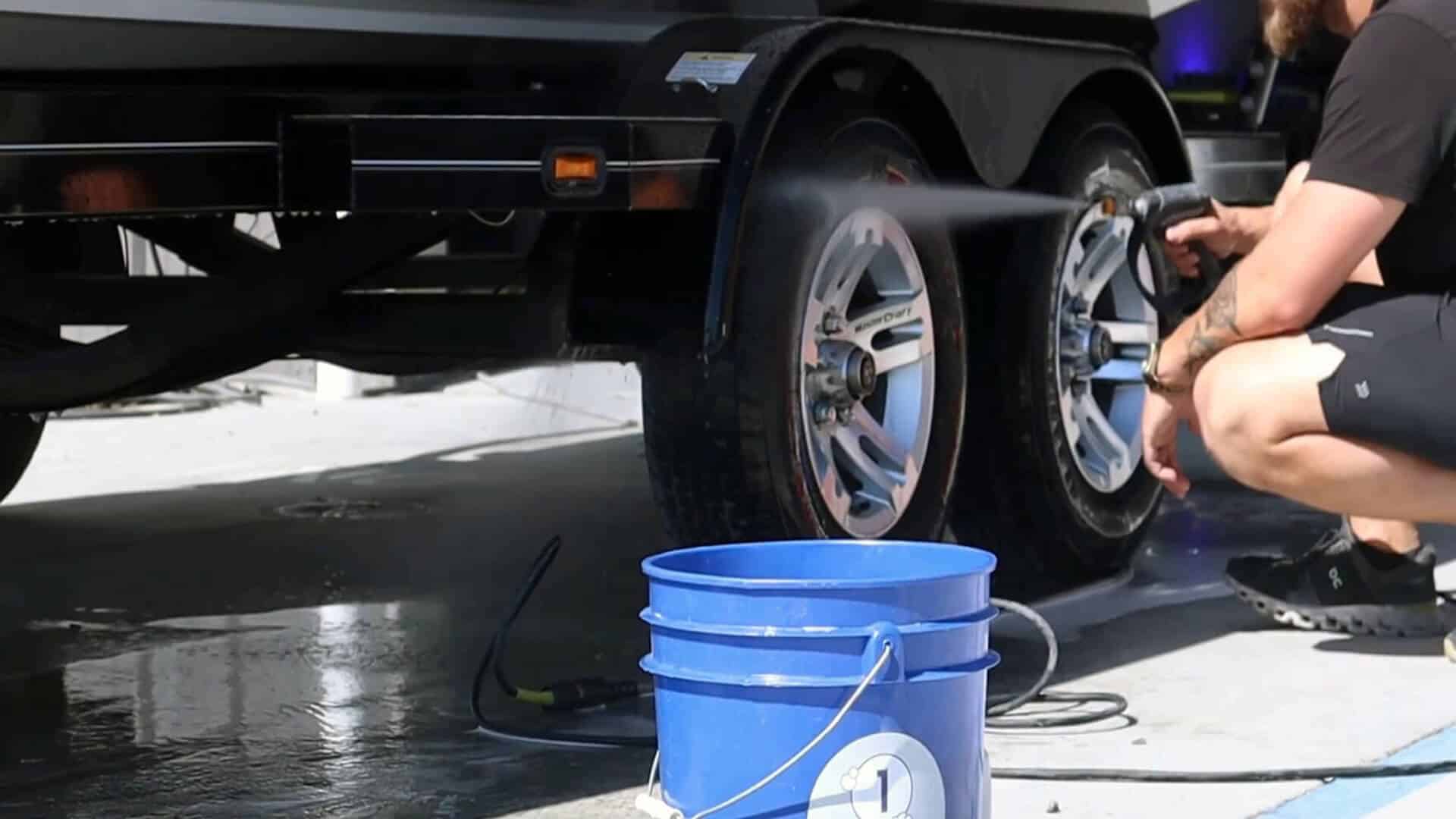
Post-cleaning procedures and protection
1. Drying techniques
Wiping: Wiping surfaces with a microfiber cloth will dry faster, especially around joints and crevices where water tends to collect.
Blowing: Using a leaf blower or air compressor can blow water out of wheel wells and other hard-to-reach areas.
Air drying: Allow boats and trailers to air dry in a cool, well-ventilated area. This helps prevent water stains and minimizes the risk of rust.
2. Check for missed areas
After the boat or vehicle body is dry, conduct a thorough visual inspection. Pay attention to the frame, wheel wells, and areas around the chassis. For surfaces that are difficult to tell, try to feel the surface with your hands to feel for any residual dirt or rough spots. In dark areas and corners, use a bright light. Finally, note problem areas for further cleaning.
3. Rust prevention
Apply rust inhibitor to exposed metal parts, especially joints and seams where moisture tends to accumulate. And store boats and trailers in a dry, cool place to minimize exposure to moisture and sunlight. Regular inspections will nip rust in the bud.
4. Coating protection measures
For boats, applying quality marine wax after pressure washing can help protect the boat’s surface by forming a barrier against UV damage, oxidation, and stains. If you plan to store your boat during the season, you need to wax it as often as possible. If you are lucky enough to live in an area where you can use your boat year-round, you can choose a time of year or wax the entire boat two or three times a year, as the boat will be used more frequently.
For trailers, applying a primer can protect exposed metal parts from road salt and moisture, greatly reducing the risk of rust.
Also, consider using a sealant designed for marine use on metal and fiberglass surfaces. These sealants provide additional protection against corrosion and damage.
Conclusion
Pressure washing your boat and trailer is essential to extending their life and ensuring optimal performance and flawless appearance. Generally, it’s a good idea to high pressure wash your boat at least once or twice a year. By employing the right cleaning techniques, starting with a low pressure setting and paying attention to special areas like the hull, deck, and trailer frame when washing.
BISON, as a trusted pressure washer supplier in China, specializes in providing high-quality pressure washers tailored to dealers. Our comprehensive product line is designed to meet a variety of cleaning situations and operating environments. Take action today – invest in the care your trailer and boat deserve and contact BISON to enhance your cleaning capabilities!
FAQs About Pressure Wash Boat And Trailer
Many people put decals on their boats for aesthetic or legal purposes. You should start in the middle and wash from the decal outwards. Pay attention when washing and do not accidentally wash the decal off.
You might also enjoy
Questions?
Contact Us Today.
Related Products
Find more?
Related Posts
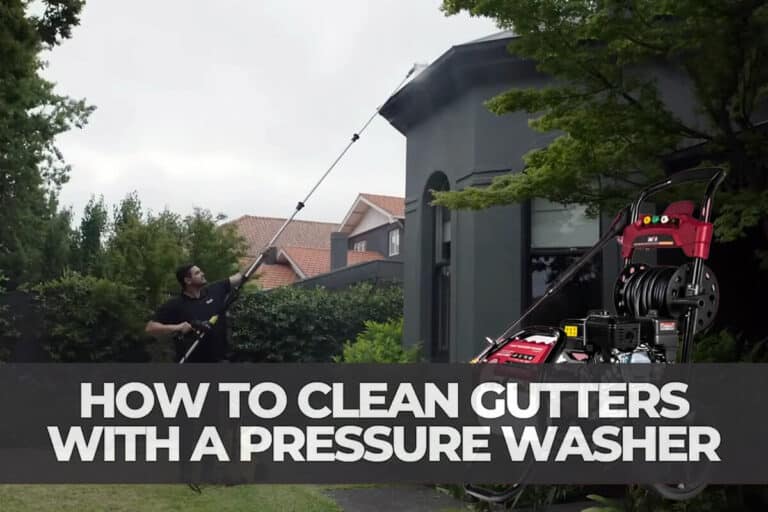
How to clean gutters with a pressure washer
In this article, we’ll guide you step-by-step on how to clean gutters with a pressure washer safely and effectively.
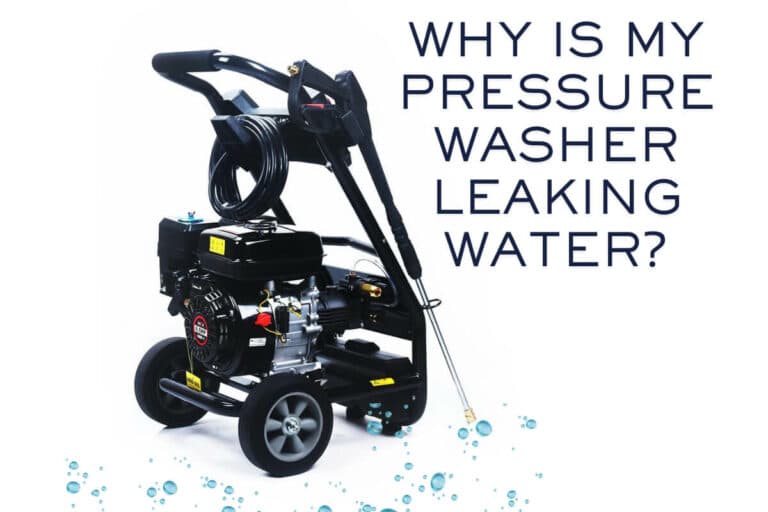
Why is my pressure washer leaking water?
BISON will explore the common causes of leaks in pressure washers and provide step-by-step solutions to help you restore your machine to peak condition.
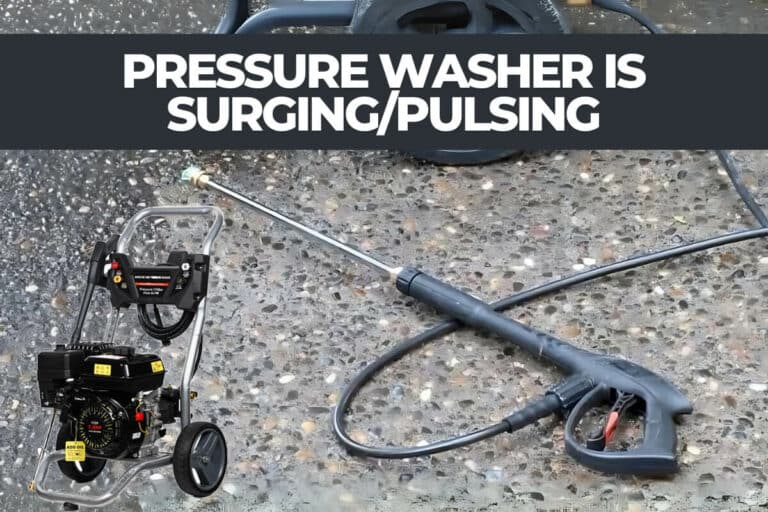
Pressure washer is surging/pulsing
we’ll help you understand why your pressure washer is surging and guide you through easy steps to fix it so you can get back to
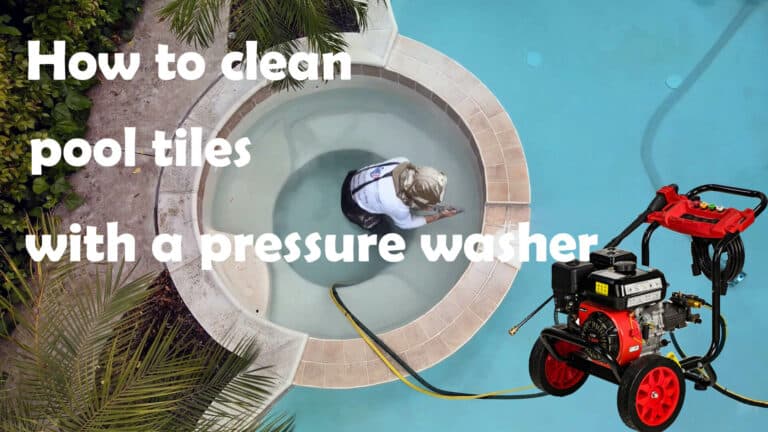
How to clean pool tiles with a pressure washer
This comprehensive guide will walk you through the steps to restore your pool tile to its original glory using a pressure washer.
